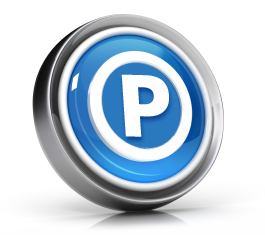
How to Appeal a Patent in the US
No one seeking protection for an invention is ever looking forward to receiving a denial and heading to appeals. However, that does not mean that they should not prepare for the worst and hope for the best. The United States Patent and Trademark Office provides anyone that is filing with a variety of options for patent appeal. These opportunities are tailored toward maintaining the first-to-file rights for any inventor that is attempting to rightfully claim proprietary protection.
Patent prosecution is the term that is used to describe any level of appeal, prior to litigation for cases of potential infringement. This covers efforts that can be put forth prior to applying to the proper process for submitting a reissue application for correcting any mistakes. The primary intention of the government is to provide intellectual property protection when appropriate. Thus, they can be viewed as relatively strict in determining whether or not a specific case deserves approval, so as to not encourage the abuse of these privileges. This is why there is such a variety of means by which an inventor and their attorney can figure out how to maximize their chances of a successful filing.
Pre-grant prosecution may not be considered to be a conventional process of patent appeal, but can be integral in a successful filing. Although inventors may legally represent themselves in these cases, it is highly advised that they seek professional aid in filling out and submitting the necessary documentation, as well as performing the necessary background checks to avoid any red flags that would otherwise be raised. This process includes such things as drafting the appropriate written and drawn notes, correctly listing all of the inventors, and disclosing any publications or offers of sale. Once everything is addressed appropriately, the application is submitted and put into the hands of the federal government.
The USPTO undergoes a strict process of search and examination to determine whether or not the patentability of the new invention is valid. If they decide not to grant protection, applicants retain the right to appeal the denial. In order to do so successfully, they must prove the areas in which the examiner incorrectly applied laws or interpreted claims in order to avoid rejection. After having been granted a patent, applicants also retain the right to submit a reissue application that can amend any mistakes in the originally issued patent.
